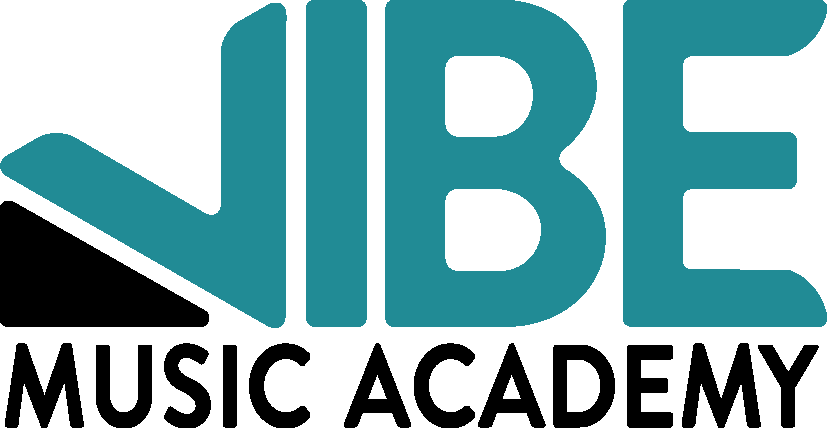What to Do When You Hit a Plateau in Your Playing
Every musician hits a plateau—when you’re practicing but not seeing much progress. It’s frustrating, but it’s also completely normal. In fact, it usually means you’re close to a breakthrough. Here are a few ways to get unstuck and keep moving forward.
1. Set Smaller Goals
It’s so easy as musicians to become over-ambitious! We feel the need to cram as much learning as we can into a short timespan and it’s easy to become frustrated when learning takes more time than anticipated. Instead of focusing on big outcomes (like mastering a whole piece), zoom in. Work on just a few measures, improve one tricky transition, or bump your scale speed by a few BPM. Small wins lead to big progress. I like to break larger pieces into sections either by page, rehearsal letter, or measure number. This can also help keep you from getting overwhelmed when starting something big! Keep track of those sections in a notebook or practice app, and it will help your practice to become more structured and progress more visible.
2. Change Your Routine
If your practice feels stale, switch things up. It’s easy to go through the motions especially in something as necessarily repetitive as practicing an instrument. Though this can be helpful cognitively, it can also be detrimental. A new approach can refresh your focus! Here are some small ways to change up your practice sessions if you feel like you’ve fallen into a rut.
Try a new warm-up. Maybe this is a new scale, a short etude, or even something fun that’s completely not what your normally do: a lick from a pop song, or a silly party-trick to show your friends.
Practice at a different time of day. Sometimes the brain just needs to be surprised by different lighting or background sounds in order to wake itself back up!
Use a metronome or backing track. Like I mentioned in my last post, using backup tracks or other digital methods can help switch up the mindset especially if you are used to playing in a group or ensemble.
Record and listen to yourself. This can feel somewhat daunting, but it’s a very helpful way to hear things in your playing that you may have missed initially. It’s also a great way to practice for performance!
3. Adjust Your Mindset
Progress isn’t always visible day to day. Don’t confuse a lack of obvious improvement with failure. Keep showing up—that consistency is powerful growth in itself. As long as you sat down at the piano, or picked up your horn, you’ve made progress. Keeping track of where you’ve come from is super helpful here. Have a practice goal relating to time such as practice an hour a day. That way, instead of feeling like you’ve failed if you don’t perfectly polish the spot you’d intended, you’re still making strides towards your goal by taking the time to practice.
4. Learn Something New
Step outside your comfort zone. It’s easier to get burned out if you are doing the exact same thing every day. If you need a little break, try something you don’t ordinarily do to get some spring back in your step. In addition, exploring something new can re-energize your practice and teach you skills that transfer back to the repertoire you’re working on.
Pull out an old piece. What’s a piece you really loved that you haven’t played in awhile? Try it out and remind yourself how much fun it was to play!
Learn a song by ear. This is great aural training, but it can also challenge the musical brain in ways normal practicing does not. Plus, it’s a good excuse to listen to your favorite song a whole bunch!
Try a pop song or soundtrack piece for “fun music” at the end of a session. I had piano teachers that would let me play what they called “fun music” when I needed a break from repertoire. Get a book with songs by your favorite singer, a musical that you really love, or a soundtrack you enjoy. Choose one and spend time learning it at the end of each practice session—now you’ve got something to look forward to if you’re in a practice rut!
5. Ask for Feedback
Sometimes a fresh set of ears makes all the difference. Ask a friend to listen, show a recording to someone you live with. You might discover small changes that unlock big progress! This can also help with practicing for performances. Reach out to other musician friends to get their advice on beating a progress plateau—changes are they’ll have some great suggestions as they’ve also been there too!
Bonus Tip: Take a Break
Sometimes rest is the most productive thing you can do. Step back for a day or two—you might return with a clearer head and new motivation. Burn out is a real problem for lots of people, no matter how young or old. Make sure you’re taking care of yourself and know when you need a little rest!
Practice plateaus are a normal part of the learning process. If you feel like you’re stuck don’t worry—it definitely won’t be forever. You’ve got this! Thanks for reading and happy practicing!
~ Charissa Garrigus, Instructor at Vibe Music Academy

































